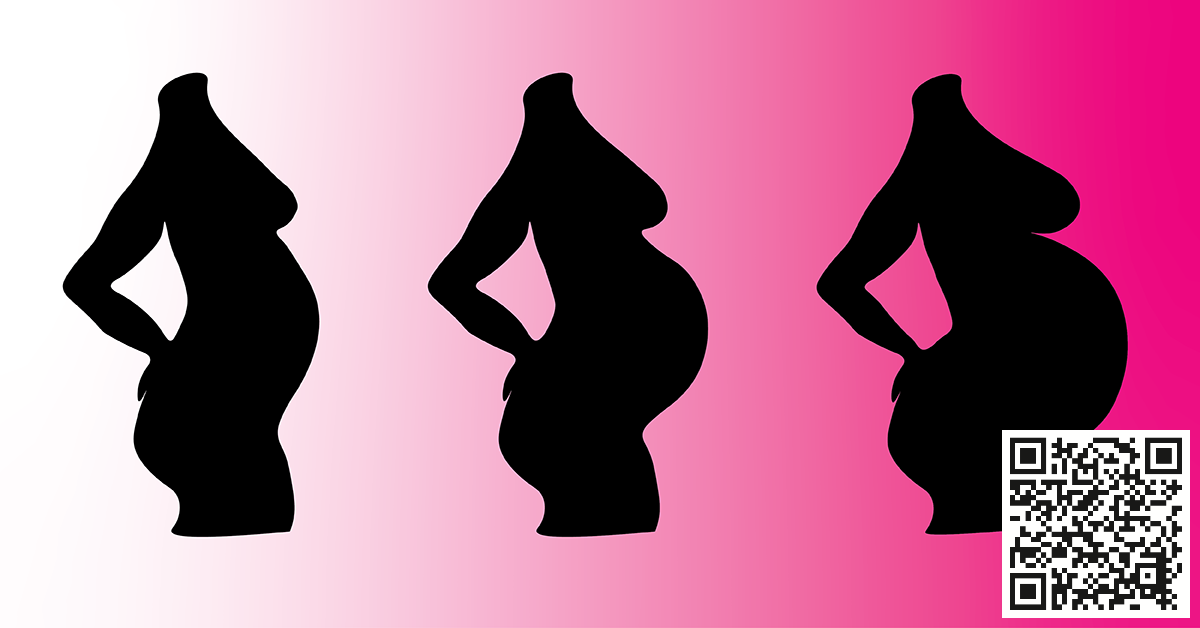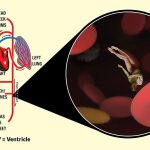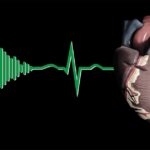‘The Trimesters’ is a poem that highlights common changes in pregnancy.
From the day a woman gets pregnant to the day she gives birth, her body experiences physical and mental changes.
It would be cumbersome to attempt to describe these changes on a daily or weekly basis therefore obstetricians divide pregnancy into three periods called ‘trimesters’.
Enjoy this poem as well as it’s video and read till the end as I elaborate on each line/stanza.
The trimesters of pregnancy
The legend goes, of three beautiful sisters
called the first, second and third trimesters
not figures or creatures of fantasy
but calendar divisions to define pregnancy
For nine months, they come bearing gifts
taking turns, one then another in shifts;
gifts like symptoms, severe or mild
plus the ultimate, which is the child
The first, counting from last menstruation
brings morning sickness and frequent urination
makes you vomit, tired and weak
but leaves by the thirteenth week
The second trimester of pregnancy
brings some level of normalcy
that is, improved feeling of well-being
and fetal movement, called quickening
Twenty seventh week till gestation ends,
into the pelvis the head descends
The third trimester may bring back pain
plus one pound per week of weight gain
'The trimesters', explained
Stanza 1
I stated earlier that pregnancy is divided into trimesters; accordingly, they are called the ‘first’, ‘second’ and ‘third’ trimesters.
Scholars believe that this division came about from a symmetric division of “9 months of pregnancy” into 3, 3-month intervals.
Normal pregnancy lasts for 280 days or 40 weeks, if you start counting from the first day of the last ‘normal’ menses (read this beautiful poem about menses: “Days of the Monthly Visitor“)
It is not practical to divide 280 days or 40 weeks into 3 equal parts, therefore the trimesters are as follows:
- First trimester: ‘1st to 13th’ week
- Second trimester: ’14th to 26th’ week
- Third trimester: ’27th to 40th’ week
Stanza 2
The pregnant woman experiences physical and mental changes, though every woman will not have exactly the same symptoms.
Think of it this way: ‘a fertilized egg that you cannot see grows inside the womb, where it gets nourishment to become a baby within “9 months”.
Of course the body will experience significant ‘changes’, which could be in the form of abdominal enlargement, weight gain, mood changes, electrolyte changes, fluid accumulation an so on.
Stanza 3 (the first trimester)
The first 13 weeks of pregnancy, counting from the first day of the last normal menstrual cycle, make up the first trimester.
By the time a woman misses her period, she would have been pregnant for about 2 weeks. This onset of pregnancy, called conception is when the woman’s egg becomes fertilized by spermatozoa and starts growing in the uterus (womb).
During this “first trimester”, pregnancy may not be obvious even though enormous changes are taking place as the body adjusts to the increased demand that the growing baby places on it.
The changes include breast pain, frequent urination, fatigue, headaches, constipation as well as ‘morning sickness’.
Note: morning sickness is nausea and vomiting that occurs usually in the morning but also at any other time of the day.
Stanza 4 (the second trimester)
The 14th, through the 26th week is the second trimester; during this period, most of the early pregnancy symptoms will be absent.
The woman appears to have a fresh burst of energy and there is general feeling of well-being.
Some women however complain of symptoms like heart burn and leg cramps as the enlarged abdomen becomes obvious.
Weight gain also increases during this period as appetite improves.
By the 20th week, the woman may be able to feel her baby move inside the uterus, which doctors call ‘quickening’.
Stanza 5 (the third trimester)
The period from the 27th week till the child is born, is the third trimester.
The enlarging abdomen and weight of the baby in front, puts significant stress on the spine causing low-back pain.
As the other organs in the abdomen compete with the uterus for space, other symptoms that may arise include early satiety, urinary frequency, heart burn and constipation.
The feet may also become swollen because of pressure on the ‘inferior vena cava, a large vein in the abdomen; fluid also accumulates in the body and contributes.
Towards the end of the third trimester most babies head descend into the pelvis in preparation for labor and childbirth.
Regulation of weight gain in pregnancy is very important as too much or too little may lead to untoward outcome. Follow this link to learn more about weight gain in pregnancy.
Conclusion
Doctors divide pregnancy into three periods called ‘the trimesters’.
During the first trimester, symptoms include fatigue and morning sickness.
The second trimester presents with general feeling of well-being.
As the body prepares for labor and childbirth during the third trimester, symptoms include low back pain and swollen feet.




